The "Spectrum of Distinctiveness"
Your brand is everything. A strong brand firmly establishes your presence in the marketplace, increases the value of your company, and makes acquiring (and keeping) customers easier. Creating a strong brand begins with selecting a memorable trademark that keeps your company in the forefront of consumers' minds, ensuring that when they're ready to buy, they'll think of you first.
Selecting a Strong Trademark
Your trademark is an essential component of your brand. A trademark, or "mark," is any word, name, symbol, design, image, or even sound used in commerce to indicate the source of your goods or services and distinguish them from others'. Trademarks are extremely valuable assets and represent the hard-earned goodwill of your business. But not all trademarks are created equal.
When generating brand ideas, many new companies initially select names that describe the goods or services they offer. They may assume that this helps customers quickly and easily understand what the company does, or is good for search engine optimization. Perhaps, but a good marketing team will steer its clients toward a strong and distinctive mark that helps distinguish their products in the marketplace, and away from a mark that merely describes what they do.
Not only do descriptive names make for weak brands, they are typically also not protectable as trademarks. The strength of a particular trademark is evaluated on a spectrum of distinctiveness ranging from the strongest fanciful marks to the weakest descriptive marks, which may not be protectable at all.
The "distinctiveness" of a trademark must always be evaluated in connection with the specific goods or services offered under that mark. Companies do not own words or symbols outright, but they may own the exclusive right to use a particular word or symbol—a brand—in connection with particular goods or services. Consider that the mark Pandora® is federally registered by two different companies for use with jewelry and streaming music services, respectively.
The Spectrum of Distinctiveness
This chart provides a visual illustration of the spectrum of distinctiveness discussed in this post. Marks on the right are stronger and more likely to be protectable.
Fanciful marks are entirely made up words and receive the strongest protection. Examples of fanciful marks are Adidas® and Skittles®.
Arbitrary marks are made up of existing words, but these words have absolutely no meaning in relation to the goods and services offered under the mark. Examples of arbitrary marks include Apple® for computers and Virgin® for airline travel services. Like fanciful marks, arbitrary marks are also entitled to the strongest legal protection.
Suggestive marks imply something about a product but do not directly state what the product does. These marks are not as strong as fanciful or arbitrary marks, but still receive adequate trademark protection. Examples of suggestive marks include Coppertone® for sunscreen and GrowRoom™ for cannabis crowdfunding services.
Descriptive marks describe a function, feature, purpose, ingredient, quality, or use of the goods or services offered under that mark. Merely descriptive marks are considered weak and alone are not enforceable because consumers would not understand the mark as identifying a single source. Moreover, it would be unfair to deprive others of the right to use words that accurately describe their products. An example of a descriptive mark is COLD AND CREAMY for ice cream or CANNAJUICE for herbal and fruit juices.
In certain circumstances, a descriptive trademark can become distinctive and enforceable by a showing of secondary meaning—i.e., that consumers recognize the mark as having a source identifying function. Secondary meaning is typically proven by showing long-term exclusive use of the mark (usually 5+ years), or large amounts of advertising and publicity.
But in general, companies should stay away from selecting descriptive marks. Descriptive marks are less memorable in the minds of consumers, and you will likely have to tolerate other companies using your descriptive mark to describe their similar goods or services. Additionally, enforcement costs are typically greater for descriptive marks, and you may end up spending a considerable amount of time sifting through numerous descriptive uses to determine whether any are infringing.
Think about your industry and the brands that already exist. Are there common trends? Are there certain words that many companies use? You want your brand to stand out. Selecting a distinct and memorable trademark puts your company on the right track to creating a sustainable brand identity.

